US seizes about 450,000kg of pork from China to battle spread of African Swine Fever
- China, home to the world’s largest hog herd, has reported 112 outbreaks of the highly contagious disease in 28 provinces and regions since August
A worker disinfects a vehicle as a police officer walks by, near a farm where African swine fever was detected, in Yulin, Shaanxi province, China, this month. Photo: Reuters
US border agents have seized around 450,000kg (1 million pounds) of pork from China, a spokesman for the agency said on Friday, over suspicions that it might contain African swine flu disease which has hit Chinese pork output.
Federal agents have seized the supplies over the past week in New York.
“The seizure was in an effort to battle the spread of African swine fever,” Anthony L. Bucci, Public Affairs Specialist at U. S. Customs and Border Protection, said in an email.
Asked if the seized pork had African swine fever, Bucci said, “This is an ongoing investigation,” and added that the federal agents were working with US Department of Agriculture on the issue.
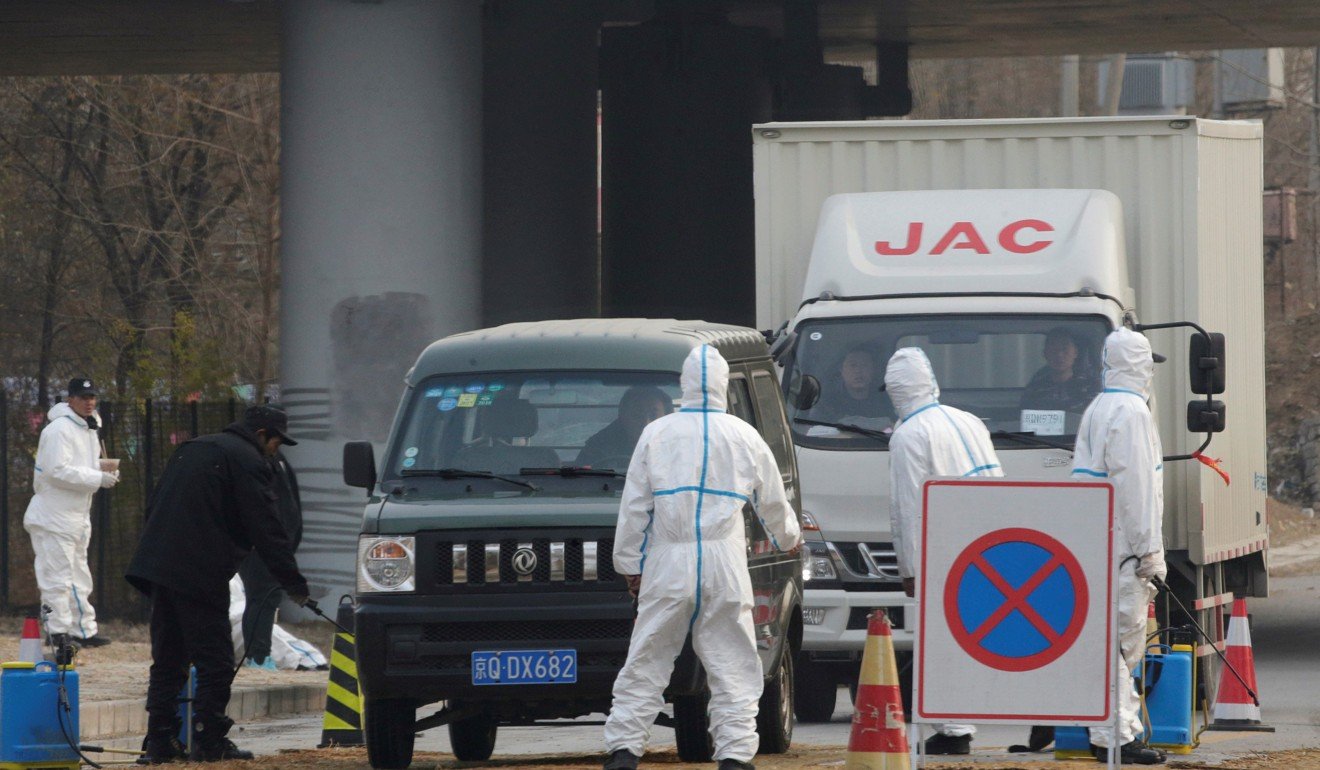
Workers in protective suits at a checkpoint on a road leading to a village near a farm where African swine fever was detected, in Fangshan district of Beijing, China, in November. Photo: Reuters
China, home to the world’s largest hog herd, has reported 112 outbreaks of the highly contagious disease in 28 provinces and regions since August, with the vast majority found on farms, with one at a slaughterhouse.
The disease can kill hogs in just two days, but is not harmful to people. About 1 million pigs have been culled so far in an effort to try to control the spread.
Hog prices in China hit their highest in 14 months this week as the spread of the disease reduces output.
US officials decided to ramp up their fight to avoid the virus after Vietnam confirmed its first cases last month.
The US Department of Agriculture said it will add more dogs to sniff out illegal pork products at airports and seaports in an effort to keep out the contagious hog disease that has spread across Asia and Europe.
China declares victory over African Swine Fever but cover-up claims call success into question
- Vice agriculture minister Yu Kangzhen said number of cases is falling but industry insiders fear outbreaks are going unreported
- Fears remain that local authorities are covering up the spread and journalists said they have been ordered not to cover the story due to fear of spreading panic
- 22 Mar, 2019
According to the government, the virus has spread to all provinces apart from Tibet, Xinjiang and Hainan, just seven months after the first case was confirmed last August. Photo: Reuters
African swine fever is spreading and becoming more entrenched in China despite assurances that the situation has been brought under control according to industry insiders, with fears local authorities are covering up outbreaks while journalists are being ordered not to cover the story due to fear of spreading panic.
According to the government, the virus has spread to all provinces apart from Tibet, Xinjiang and Hainan, just seven months after the first case was confirmed last August.
While official figures suggest the number of cases is tailing off, industry figures have questioned whether this is down to an increasing reluctance to report cases rather than effective disease controls. The disease, which is not harmful to humans but is deadly for pigs, poses a serious threat to the country’s farming industry and support industries, such as animal feed.
Supply shortages and possibly higher prices caused by the disease would also affect Chinese consumers, for whom pork is a staple meat.

The disease could hit Chinese consumers if supplies run low and prices start to rise. Photo: AFP
The virus has spread to other many countries, from Vietnam to Australia, and a red flag was raised for the United States market after the federal agents recently seized one million pounds of pork smuggled from China – although there was no indication that the meat had been contaminated with African swine fever.
China’s Ministry of Agriculture, the authority in charge of virus control, has announced 113 reported cases of the disease so far, including two in March, seven in February and five in January, a significant fall from 21 in December and 25 in November.
On Wednesday, vice agriculture minister Yu Kangzhen declared a tentative victory in containing the swine fever outbreak, citing the drop in reported cases, and announced that blockades in 105 affected areas had been lifted.
At the same time, Beijing has ordered all slaughter houses to conduct bio-checks for the virus starting on May 1 to prevent any contaminated pork meat from entering the market or scraps of pork from being used as pig feed. However, question marks remain over whether the significant drop in reported African swine fever cases is a result of effective controls or local authorities becoming increasingly reluctant to report new outbreaks.
The World Organisation for Animal Health declined to comment on the possibilities of under-reporting. The organisation said that it “does not make public comments on rumours around the different animal diseases.” However, it continued that it “analyses all the factual circulating information and develops an active search for non-official information” relating to human and animal health.
A majority of pig farms in Hebei have found cases of swine fever, and the situation is similar in neighbouring Henan and Liaoning provinces. Most cases were not reported.
Sun Dawu, the chairman of Hebei Dawu Agriculture Group, a company that operates pig farms in the province, said that African swine fever in Hebei is much more serious than the official figures indicate because many cases have not been reported.
“A majority of pig farms in Hebei have found cases of swine fever, and the situation is similar in neighbouring Henan and Liaoning provinces,” Sun said. “Most cases were not reported”.
Last month, Sun said, about 15,000 pigs had died from the fever in Xushui County in Hebei province but the local authority had covered it up.
China’s agriculture ministry later confirmed that the first case of African swine fever in Hebei province had occurred in Xushui County but did not confirm the number of pigs that had died.
A general manager from a large animal vaccine company in Beijing who asked to remain anonymous said about 60 or 70 per cent of major farms in Hebei had been affected.
“Many small farms and some medium and large-scale farms are still selling the pigs even though they have found swine fevers,” he said. “There are 99 core pig breeding farms in China. As of the end of February, fewer than 20 have not been hit by the fever.”
An employee of the China Animal Husbandry Group, which is one of the largest state-owned enterprises in China, said African swine fever was a devastating blow to China’s pig industry.
“We don’t have vaccines and we can’t control it through drugs. Factor in the high mortality rate, and we don’t have a good way of solving this problem,” he said.
More than a decade ago a highly infectious virus known as “blue ear disease” hit Chinese pig farms, infecting over 48,500 pigs and killing almost 18,600. But unlike African swine fever, China soon developed an effective vaccine and developed techniques to spot the disease. Some media outlets also said they had been ordered not to report anything that had not been officially confirmed.
“The main worry of the government is causing panic [in society],” one editor working in online media said. He added he has received several orders – both verbal and written – banning him from covering related stories. Four other people working for major Chinese media outlets confirmed that they had been given orders on how to cover African swine fever during the outbreak, but no orders had been issued recently.
Betsy Freese, an American agriculture editor, published an article on the Successful Farming website on March 13 under the headline “Why you can’t believe what China says about African swine fever” following a week-long trip to China earlier this month.
We don’t have vaccines and we can’t control it through drugs. Factor in the high mortality rate, and we don’t have a good way of solving this problem.
In the article, Freese cited a “meat export expert in China” who told her that “there are reported cases all across the country, but many cases are not reported”. Swine fever has also been found in pork products on sale in China.
At a press conference on March 1, Li Jingsheng, an officer from the Ministry of Public Security, said the police authority had detained 90 people in a total of 32 swine fever-related criminal cases, involving 140 tonnes of pork products.
At the same time, the number of pigs in China is falling sharply. According to the government’s monthly survey of 400 counties across the country, the number of live pigs at the end of February had fallen by 16.6 per cent compared with a year earlier, while the number of sows fell 19.1 per cent.
The lower supply of pork, in turn, is leading to higher consumer prices. The average price of pork across 16 Chinese provinces jumped by 36.9 per cent last week compared with the same period of last year, and rose 13.9 per cent from the previous week, according to the agriculture ministry.
This article appeared in the South China Morning Post print edition as: Pig virus spreading despite claims, say industry sources
Shandong’s pig stocks dropping as deadly African Swine Fever hits China’s pork supply, drives up prices
- Live pig stocks in February fell by 23.2 per cent against the same month last year and 18.8 per cent from July in one of China’s largest pig farming hubs
- As of last week, a total of 114 cases of African swine fever have been reported across China since August, resulting in the cull of over 950,000 pigs
- 28 Mar, 2019
The industry’s dismal outlook is most likely to push prices higher and trigger inflationary pressure for pork, a Chinese staple, in the world’s largest pork market. Photo: AFP
One of China’s largest pig farming hubs is suffering from a drastic drop in breeding stock that would weigh further on the country’s declining supply and drive up pork prices as more regions battle the deadly African swine fever raging across the country.
Live hog and breeding pig stocks are severely shrinking in Shandong province, one of China’s richest regions, sending prices soaring, warned the provincial animal husbandry and veterinary bureau in a statement released on its official website on Wednesday.
According to the monthly monitoring data covering more than 1,100 large-scale farms across the province, live pig stocks in February fell by 23.2 per cent against the same month last year and 18.8 per cent from July, while stock of breeding swine in the 33 main large-scale breeders fell 41.2 per cent last month, compared with July.
The data also showed both output and sales of pig feed have continued to decline since October, with the decline gathering pace last month when output tumbled by nearly 33 per cent from the same month last year.
The industry’s dismal outlook is most likely to push prices higher and trigger inflationary pressure for pork, a Chinese staple, in the world’s largest pork market.
For China’s policymakers, stabilising the price of pork – the main driver of food prices – is critical as it is the most watched indicator for the country’s consumer price index (CPI), and a fundamental factor in keeping social harmony
“We would see an obvious shortage of pork later this year,” said Xu Gao, chief economist of Everbright Securities Asset Management. “We estimate that the CPI would jump to about 3 per cent at the end of the second quarter of this year, followed by inflation, including an obvious jump in pork prices.”
But medium and small-sized pig farms in Shandong said the reality was worse than what was officially reported. The bleak situation is also prevalent in other pig farming bases, including neighbouring Henan, Hebei and Liaoning provinces, according to industry insiders, with some expecting prices to more than double from the level in 2018 later this year.
As of last week, a total of 114 cases of African swine fever have been reported across China since August, resulting in the cull of over 950,000 pigs. The disease is fatal to pigs but not humans.
Last week,
said that official figures suggest the number of cases is tailing off, although industry figures have questioned whether this is down to an increasing reluctance to report cases rather than effective disease controls with fears local authorities are covering up outbreaks while journalists are being ordered not to cover the story due to fear of spreading panic.
said that official figures suggest the number of cases is tailing off, although industry figures have questioned whether this is down to an increasing reluctance to report cases rather than effective disease controls with fears local authorities are covering up outbreaks while journalists are being ordered not to cover the story due to fear of spreading panic.
We would see an obvious shortage of pork later this year. We estimate that the CPI would jump to about 3 per cent at the end of the second quarter of this year, followed by inflation, including an obvious jump in pork prices.
Zhang Liang was forced to shut a small pig feed factory in Tancheng county in Shandong’s Linyi city in late February.
“Most of the small pig farms had been left empty because so many pigs died in December and January because of the swine fever,” he said. “Few pig farms came to buy feed, while many of them were shut down and could not pay me what was owed. I had to close the factory as a result,” Zhang said.
The tale is similar in Henan and Liaoning provinces, with prices in Henan surging 60 per cent to 16 yuan (US$2.4) per kilogram from early 2018, according to farmer Fang Xinlun who expects prices to rise to 20 yuan later this year.
“I can tell you that over 70 per cent of pig farms, especially the mid and small-sized ones, had closed in the north of Henan province,” said Fang, who runs a farm in Henan’s Zhumadian city rearing about 3,000 hogs.
“I sold 300 pigs for about 300,000 yuan in January and another 200 at the same price about a month later.
“But I dare not to expand because the swine fever is just too horrible and fatal. It’s been difficult for most small pig farms to get proper official compensation for their losses.”
Earlier this month, China made its third largest weekly purchase of pork from the United States, and on March 21 the pace of imports increased despite a significant tariff.
China’s imports of US pork this year are expected to jump 28 per cent from 1.19 million tonnes in 2018, according to the US Department of Agriculture, although the figure is unliley to meet demand as China’s annual consumption has exceeded 52 million tonnes every year since 2012.
Everbright Securities’ Xu added that the authorities should have frozen pork reserves to fill the supply shortfall and ease the price rises and inflation.





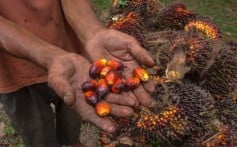




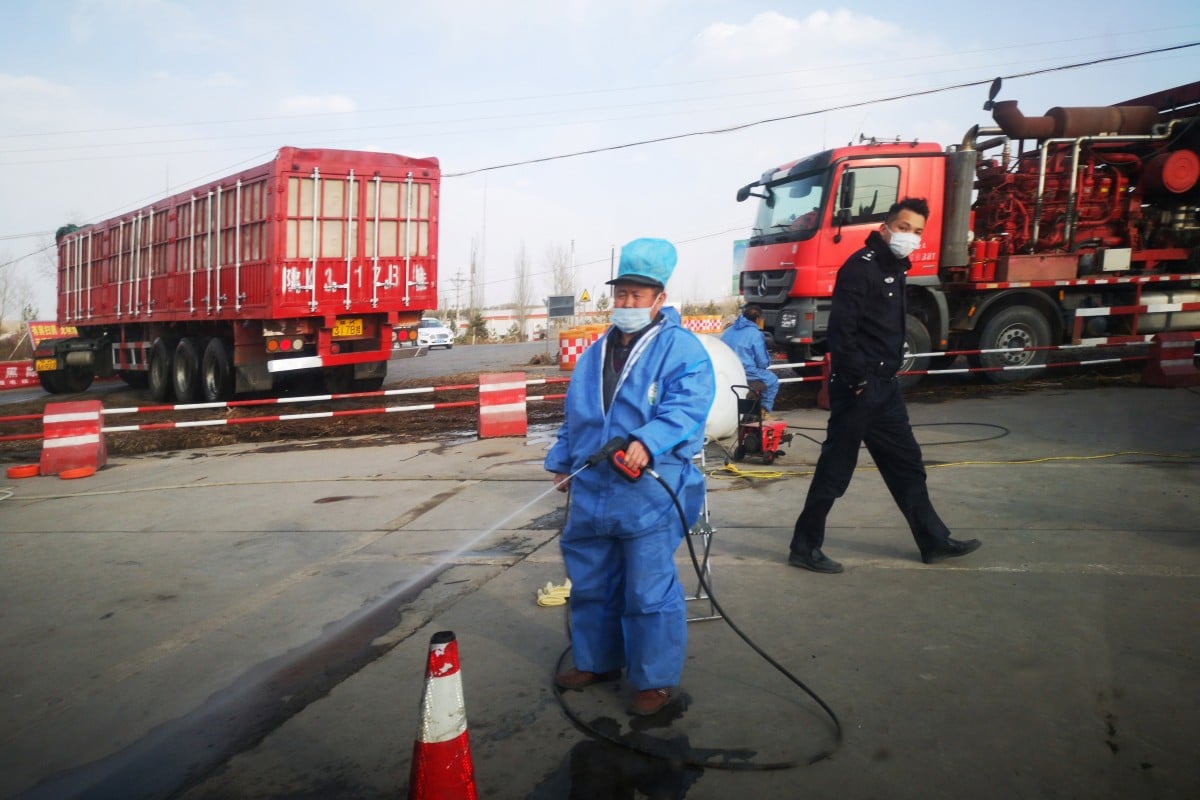


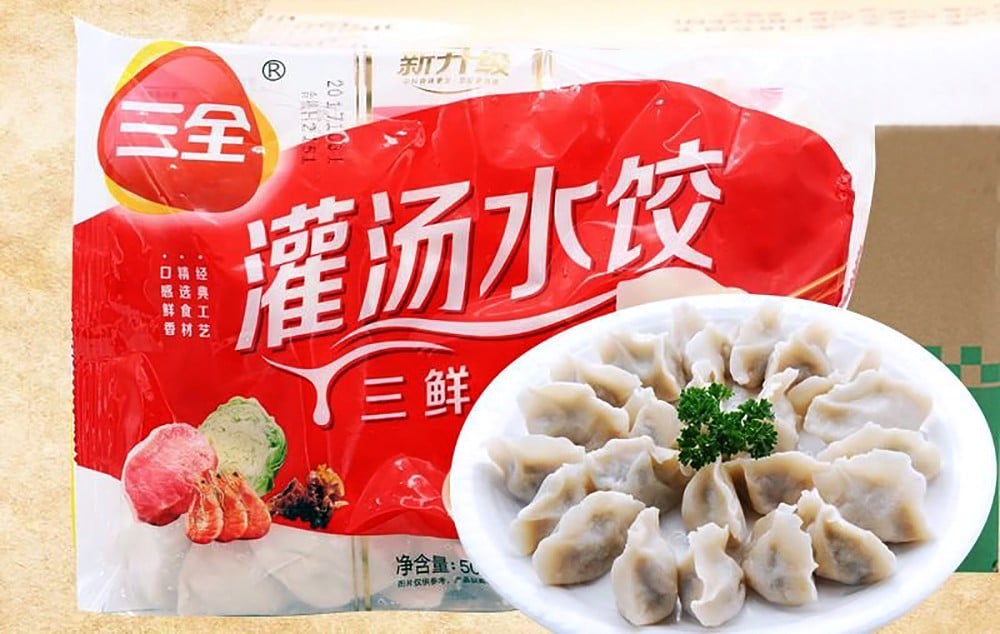
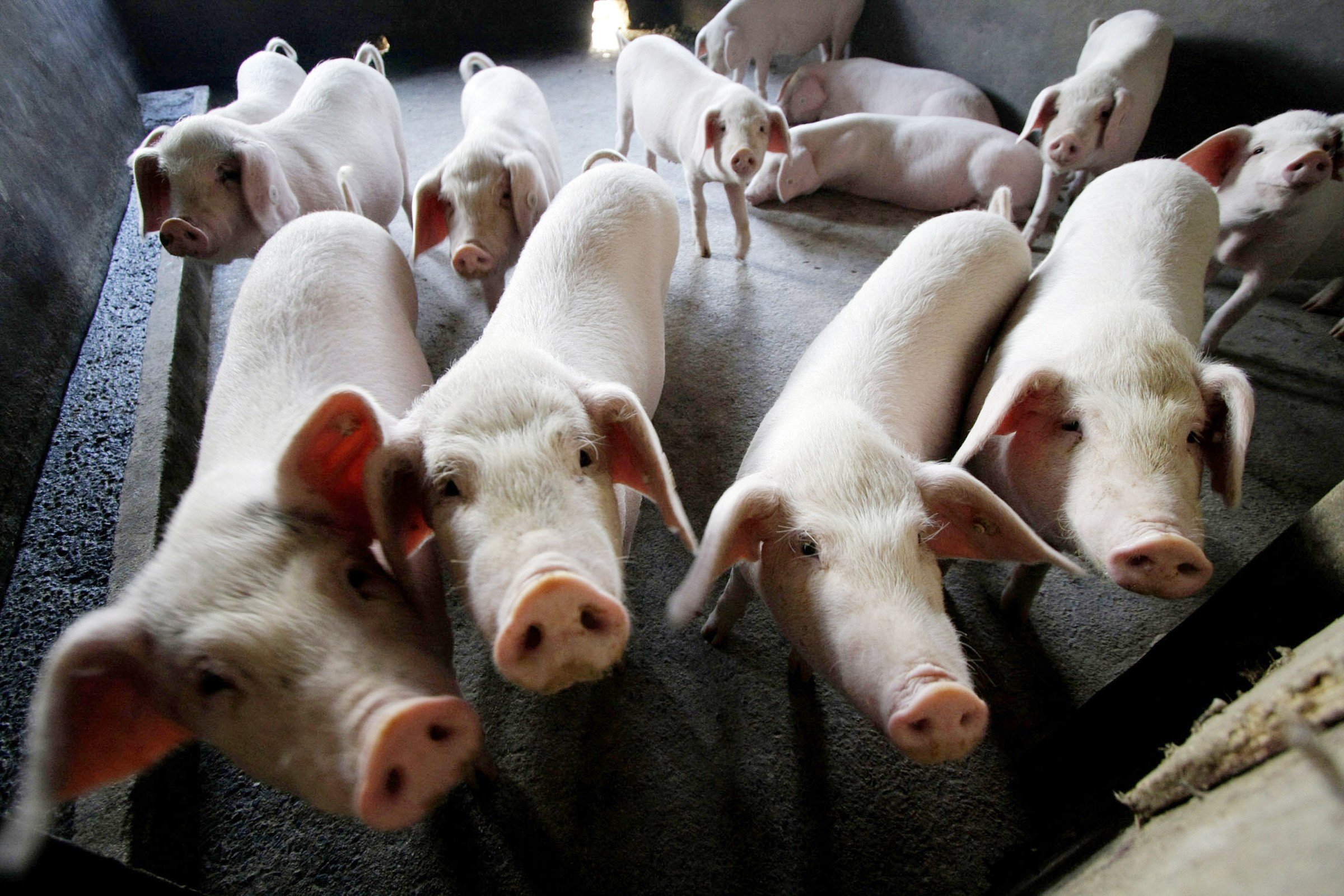

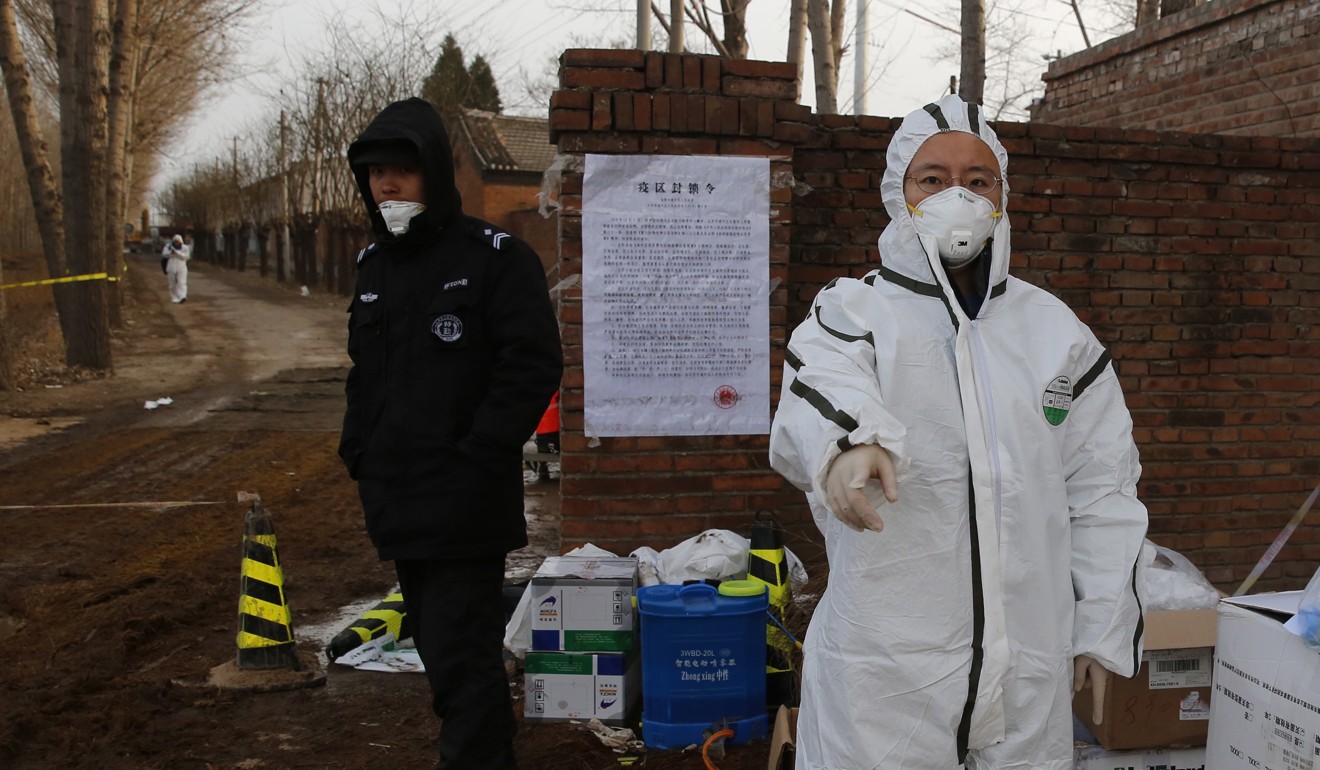

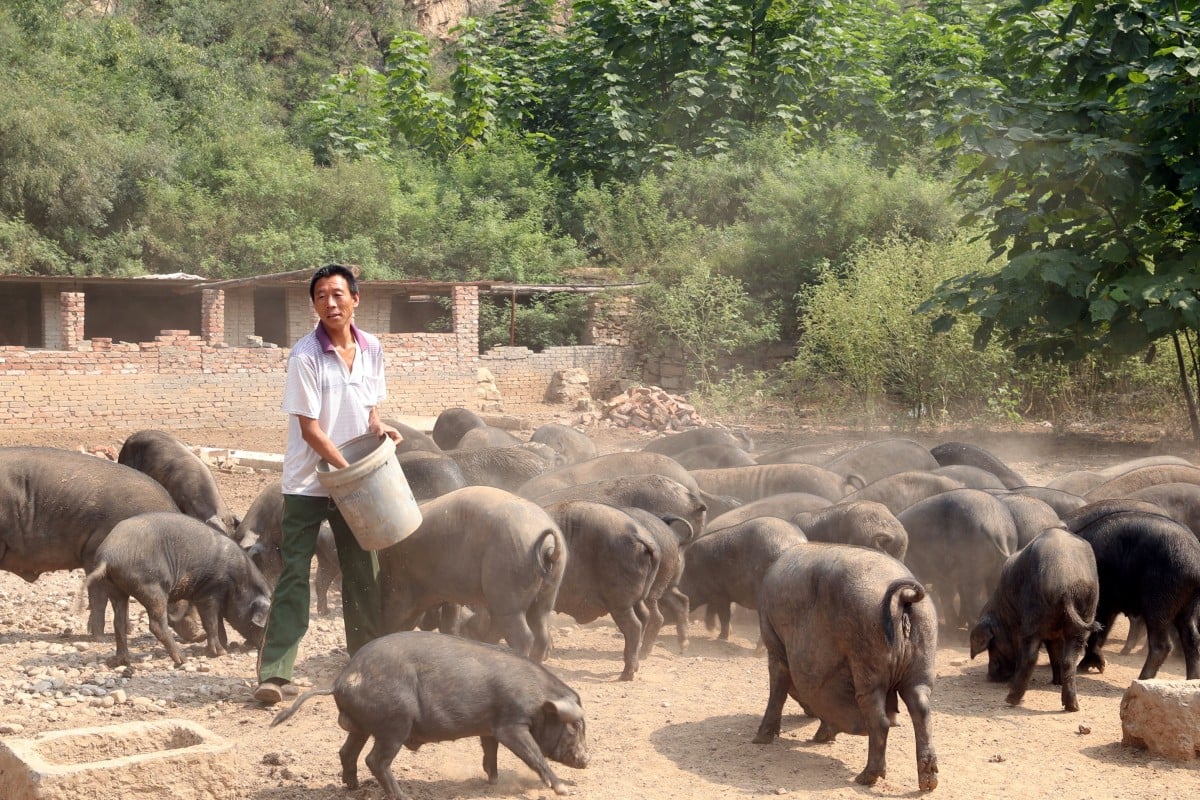


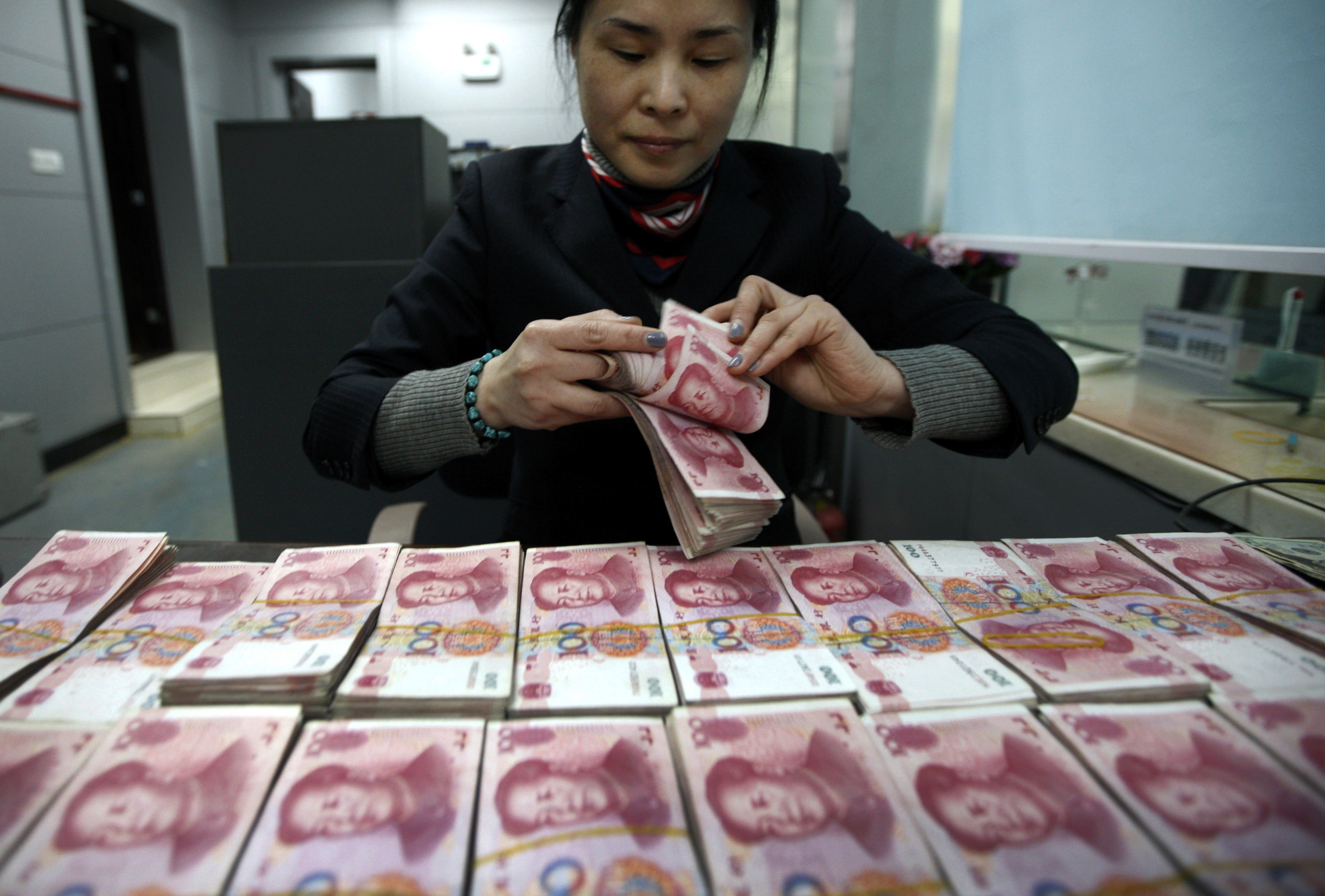

No comments:
Post a Comment
Comments always welcome!